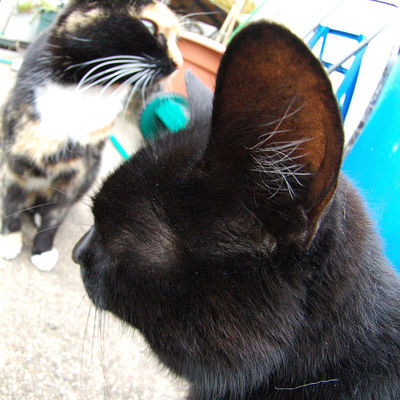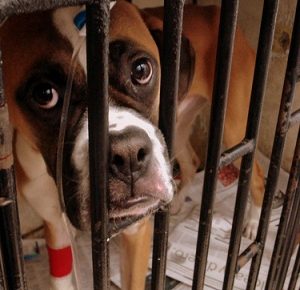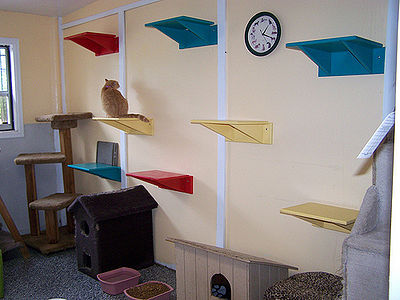
Vestibular Disease can affect humans and dogs and cats as well as other mammals too. The vestibular system helps our body to navigate the earth. It allows our eyes, hands and legs know how to move, preventing falling. We are able to navigate on all types of terrain without dizziness or nausea.
The most common form of vestibular disease in cats and dogs is idiopathic meaning the cause is unknown. It usually occurs in older pets, but is sometimes seen in young ones. It can also be the result of an abnormality in the inner ear.
When the head moves, tiny hair cells move through the ear canal informing the part of the brain controlling locomotion. Symptoms of a problem can be head tilt, abnormal eye movements, uncoordinated movement, tight circling.
Vestibular disease usually clears up within 2 weeks, but can sometimes continue for 6 weeks to 3 months. An absolute diagnosis is through a CAT scan or MRI although these tests can be expensive.
After the disease clears up, head tilting can remain as a result.
If the dog or cat is not eating or drinking, it helps to hand feed. Sometimes IV fluids are necessary to rehydrate. In severe cases, the veterinarian will prescribe sedatives to keep the pet quiet and prevent too much movement. If infection is present, an antibiotic will be prescribed.
While complete recovery is usual, there are some cases that don’t respond. If there are abnormalities such as a brain tumor or middle ear infection is suspected, it may be necessary to have an MRI. You can ask your vet about trying different methods of treatment. As with all diseases, your veterinarian is the one to make the diagnosis and advise you what course to take.



